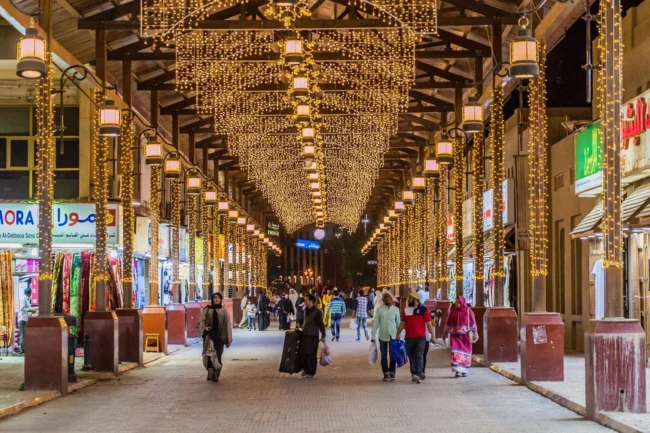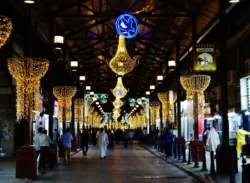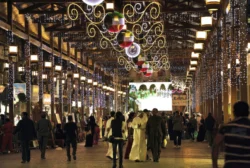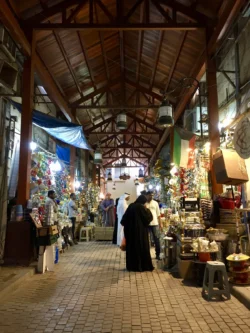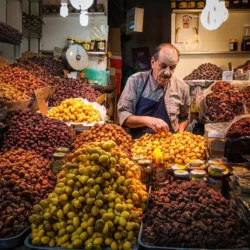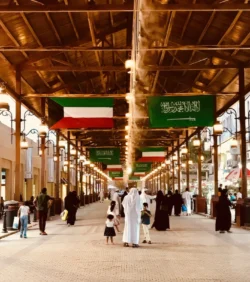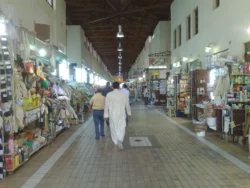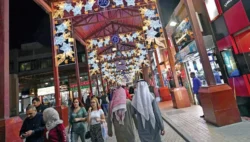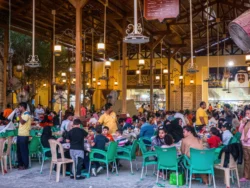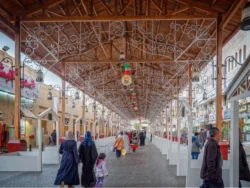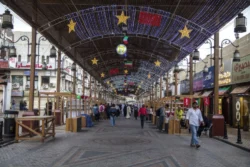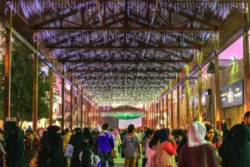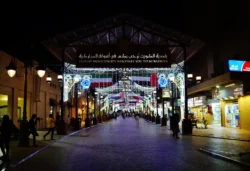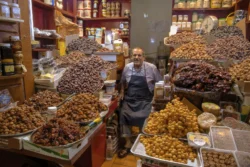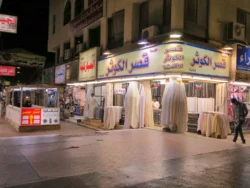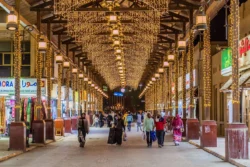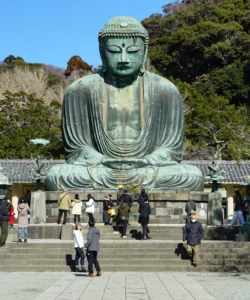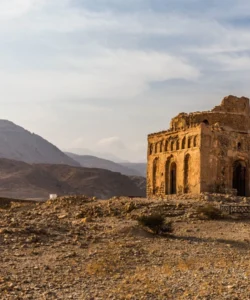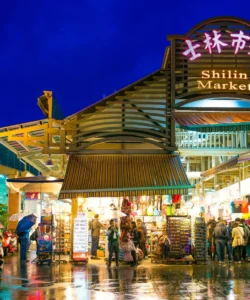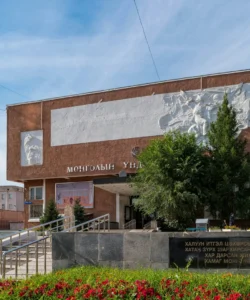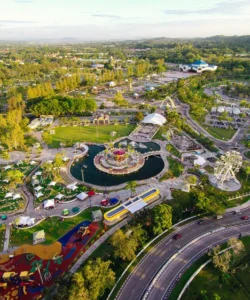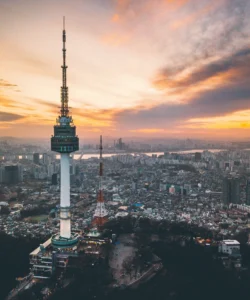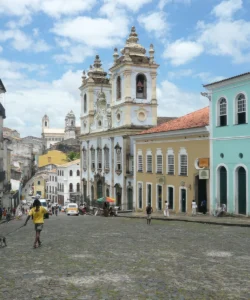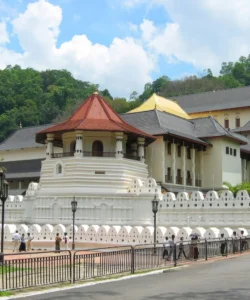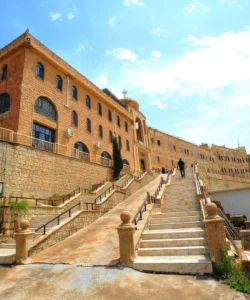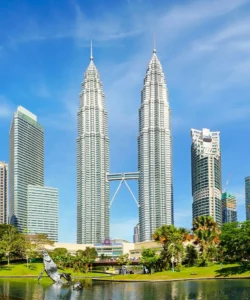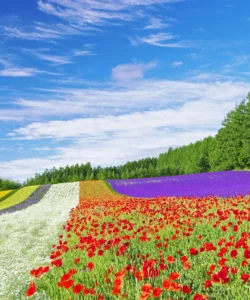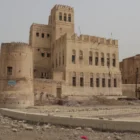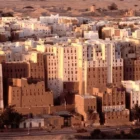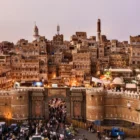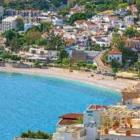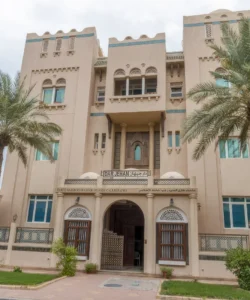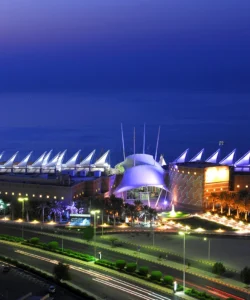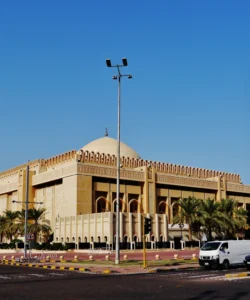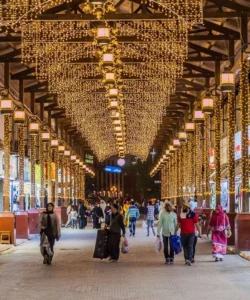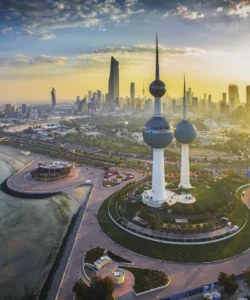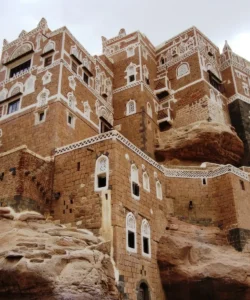Al Mubarakiya Souq is a historic and vibrant traditional market located in the heart of Kuwait City. As one of the oldest souqs in Kuwait, it served as a central hub for trade long before the discovery of oil, and it continues to be a bustling center of commerce and culture today. Despite damage during the Iraqi invasion in 1990, it has been renovated to retain its authentic charm and traditional atmosphere.
Listen to an introduction about Al Mubarakiya Souq
Name and Address
- Name: Al Mubarakiya Souq (also spelled Souq Al-Mubarakiya or Mubarakiya Old Market; local name: Souq Al Dhalam, “The Market of Darkness”)
- Address: Located in Kuwait City, between Abdullah Al-Mubarak, Abdullah Al-Salem & Palestine Streets, near the Mutrah Corniche.
How to Get There
Al Mubarakiya Souq is centrally located in Kuwait City and is easily accessible.
- By Car/Taxi: Taxis are readily available throughout Kuwait City. Simply tell the driver “Al Mubarakiya Souq.” There is also dedicated parking available, though it can get crowded during peak times.
- By Public Bus: Several public bus routes have stops near the souq.
- On Foot: If you’re staying in a nearby hotel, walking to the souq is a pleasant experience, especially during cooler months. It’s located close to other landmarks like the Grand Mosque.
- On-Site: The souq is best explored on foot, wandering through its labyrinthine alleys. It’s advisable to visit in the evenings, especially on weekends, when it’s most lively. Bargaining is expected in many shops.
Landscape and Architecture
The architecture of Al Mubarakiya Souq reflects centuries of traditional Gulf design, adapted for commerce and climate.
- Traditional Design: The souq features narrow, winding alleyways and traditional mud-brick buildings. These narrow passages were historically designed to provide natural cooling and shade in Kuwait’s hot climate.
- Wooden Carved Ceilings: Many sections of the souq boast intricately carved wooden ceilings, showcasing local craftsmanship. Some areas also have modern timber roofing or glass-reinforced plastic domes that allow light to filter through while maintaining shade.
- Layout: The souq has a somewhat labyrinthine layout, with a main thoroughfare and numerous smaller side alleys. It is divided into various specialized sections, such as the Gold Market, Fish Market, and Spice Market.
- Historical Landmarks within: The souq also hosts two small museums: Sheikh Mubarak Kiosk (the former office of Sheikh Mubarak Al-Sabah) and the first pharmacy in Kuwait, offering glimpses into the country’s past.
What Makes It Famous
- Authentic Traditional Market Experience: Al Mubarakiya Souq is celebrated for retaining the charm and atmosphere of a traditional Arab bazaar, offering a sensory experience filled with the scents of frankincense, spices, and perfumes.
- Historical Significance: Dating back over 200 years, it was the main commercial center of Kuwait before the discovery of oil, making it a living testament to the nation’s trading history. It’s named after Sheikh Mubarak Al-Sabah, who ruled from 1896 to 1915.
- Diverse Goods: It’s a treasure trove of traditional Omani handicrafts, including silverware (especially khanjars – traditional daggers), textiles, pashminas, Omani caps (kumahs), frankincense, spices, Omani halwa (sweets), and perfumes. You can also find gold, antiques, and modern souvenirs.
- Lively Atmosphere: Especially in the evenings, the souq buzzes with energy, attracting both locals and tourists, making bargaining with vendors a part of the cultural experience.
- Culinary Delights: The souq is home to traditional cafes that brew tea over coals and numerous small restaurants serving authentic Arabic, Indian, and Persian food in open-air settings, often at very reasonable prices.
Differences from Some Other Attractions
- Traditional Bazaar vs. Modern Shopping: Unlike modern shopping malls or more curated tourist markets, Al Mubarakiya Souq offers a raw, authentic, and often chaotic experience of a traditional Arab bazaar, where haggling is expected and local life unfolds alongside tourist activity.
- Sensory Immersion: While many attractions offer visual splendor, Al Mubarakiya Souq is particularly famous for its immersive sensory experience, dominated by the distinct aromas of frankincense and spices, a characteristic less prominent in other sites.
- Organic, Evolving Structure: Unlike planned monumental structures (like the Sultan Qaboos Grand Mosque) or ancient ruins, the souq’s architecture is an organic, adaptive development over centuries, reflecting its continuous commercial function and evolution.
- Focus on Commerce and Daily Life: While other sites might be historical monuments or natural wonders, Al Mubarakiya Souq’s primary function remains commerce and a gathering place for locals, offering a direct glimpse into contemporary Kuwaiti daily life alongside its historical appeal.
Al Mubarakiya Souq Photos:
